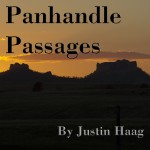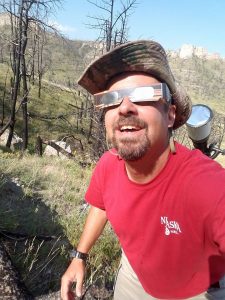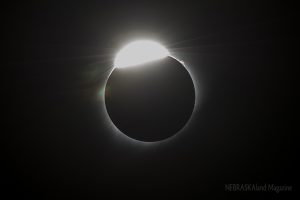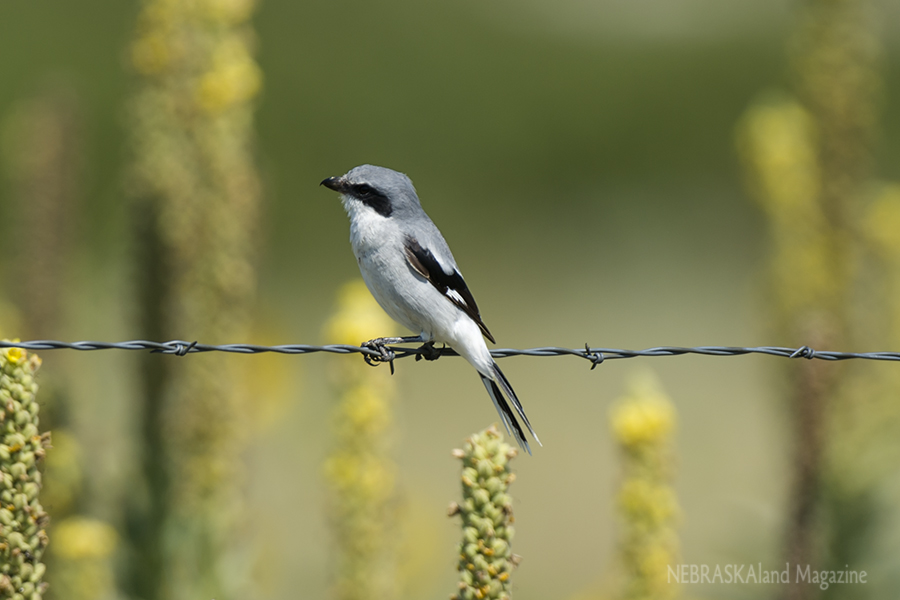
I will not count it among easiest photo assignments I have had.
Mother Nature says, “Hey, I’m going to give you a once-in-a-lifetime opportunity with challenging lighting situations and because you’re a nature photographer everyone is going to expect you to get great images. You can have from a few seconds to 2½ minutes to get your shot, depending on the spot you choose within this narrow strip through the middle of Nebraska. I may or may not send clouds. Have fun!”
 Since the Great American Eclipse came and went the Internet has been bursting with beautiful images of the day, among the most spectacular of which have to be these scenes of a silhouetted rock climber on a mountain in Oregon.
Since the Great American Eclipse came and went the Internet has been bursting with beautiful images of the day, among the most spectacular of which have to be these scenes of a silhouetted rock climber on a mountain in Oregon.
In weeks leading up to the big day, I envisioned using a 500mm lens to capture a similar scene of eclipse watchers on the buttes of western Nebraska. While heavily scouting some of the best areas in the Pine Ridge, though, it became evident that I would not find a natural feature tall and steep enough to match those soon-to-impress images from Oregon. The midday position of the sun provided huge astronomical challenges, literally, to capturing a foreground element with the sun appearing large enough to make such an impact.
My Plan B became the wider-angle multi-exposure sequence shot over an escarpment at Bighorn Wildlife Management Area south of Whitney, shown above.
Bighorn features some of the steepest topography in the Pine Ridge; just ask the golden eagles that nest there year after year. The rocky area on the south portion of that 1,270-acre property was barely in totality (the north part of the property was not), but I figured I could make it work if I acted quickly. At 70mm positioned vertically, a much wider focal length than the 500mm I wanted to use, I was barely able to catch the edge of the escarpment featuring the eagles’ nest with the path of the sun during totality.
I arrived a couple hours early that day, setting up two camera bodies on tripods – one with the 70-200mm zoom lens and another with the 500mm. The cameras were placed as close to the cliff as I could get without dead pine trees obscuring the view, and aimed high toward the sun’s path in the sky. I thought for sure my day was foiled as thick, heavy clouds rolled in about 40 minutes before the eclipse began. Just as I was about ready to pack up, abandon that effort and start driving toward an undetermined Plan C, though, the clouds parted. Mother Nature was surely laughing.

Before long, the big moment arrived – the moon began obscuring the sun. I used a stopwatch to capture images at one-minute intervals with the increasing darkness. I considered letting the camera automatically shoot the photos with its built-in timer system, but opted to snap them manually to adjust exposure settings between shots and to ensure that I would get photos during those short moments of totality.
I must say it got a little hectic when darkness came. During that all-too-brief totality, perhaps 10 seconds or so, I was frantically scrambling with flashlight in hand to remove solar filters, change camera settings and capture images with both cameras. My attention primarily turned to the camera with the big lens in order to get “close-up” shots of the spectacle. I did not capture those seconds as well as I wanted to, but I did get the base image featuring the landscape with the 70mm and a detailed shot of the “diamond ring” phase for the center of the sequence with the 500mm. Later, I used Photoshop to combine the photos to the one multi-exposure image showing the eclipsed sun at three-minute intervals between 11:25 a.m. and 12:12 a.m. MDT.

Part of my reason for explaining the process is to give full disclosure on how the image came to be. With all of the advances in digital editing, it’s sometimes hard to know what is ethically “right and wrong.” I do know considerable effort went into my image.
With the effort photographers put into moments such as these, you might understand if they get a little testy as the public becomes awed by unrealistic fabricated images that were created with just a few minutes of artistic rendering in Photoshop. It’s nice art derived from talent in many cases, but far from being the accurate portrayal of the scene that it’s presented to be. While my image from Bighorn WMA may not be the greatest of this eclipse, I take pride in its planning and execution.
It’s about building trust. If I really wanted to boost the likes and shares on social media, I am sure I could have cloned in the silhouette of two bighorn sheep rams butting heads at the top of that ridge and added a soaring eagle for good measure. One of my sunrise shots from Fort Robinson with a big image of the eclipse in totality on the horizon would probably be extremely popular, as scenes from Fort Robinson always are. I am glad, though, this image shows the actual path of the sun and moon during the eclipse as naturally as I could convey it. I am certainly satisfied to meet my goal of including a piece of Nebraska at one of our scenic Nebraska Game and Parks Commission properties of the Panhandle.
Now that it’s all over, I have extreme gratitude for Mother Nature giving us this assignment so close to home. Although my mind was mostly occupied with camera settings and positioning on Aug. 21, experiencing the eclipse alone in such a remote setting was a magnificent experience. The uptick in activity from crepuscular wildlife in the moments leading up to and following totality was especially fascinating as I worked along to the songs of multiple bird species that filled the air. If I ever photograph another eclipse, I am not sure I will spend those fleeting moments of darkness fiddling with settings on a camera directed toward the sun and moon. I might rather use that rare light to capture photos of wildlife.

Or, I might just kick back in a lawn chair and enjoy the show as so many Nebraskans and visitors from afar did that day. Without a doubt, that idea sounded like a great option more than once during this process.
The post A Small Dose of Darkness at Bighorn appeared first on NEBRASKALand Magazine.














